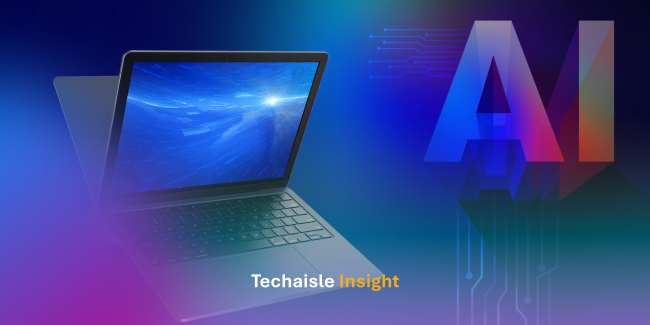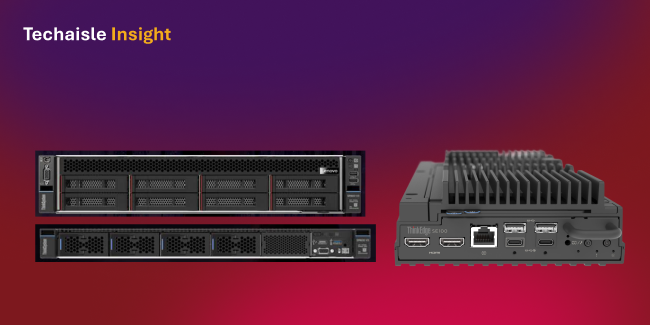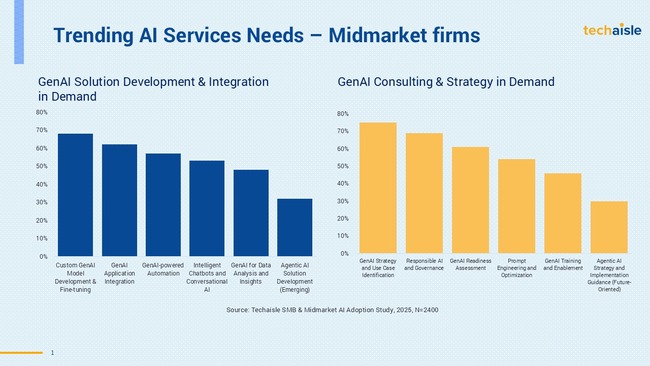For the past two years, the technology industry has been singularly focused on a narrative of pull. We have been told that the revolutionary power of on-device AI is so compelling that customers will be clamoring to buy new "AI PCs."
Our latest Techaisle study on SMB AI PC adoption reveals a starkly different, and far more pragmatic, reality.
For the Small and Medium Business (SMB) market, the AI PC era was never going to be a pull market—not at first. It was always going to be a push market. That push was not a marketing campaign; it was a non-negotiable event: the Windows 10 End-of-Support (EOS).
That deadline has now passed. The single largest PC refresh catalyst in a decade is not a future event; it is the reality we are in.
This refresh cycle is the Trojan horse, delivering AI PCs to the SMB doorstep, whether they asked for them or not.
The key insight for every OEM, vendor, and partner is this: The SMB is not buying AI. SMBs are migrating their estate. They are buying performance, reliability, and security. The AI is just coming along for the ride. The battle isn't for the most TOPS; it's for the smoothest, most secure migration.
And the gatekeeper to that entire migration? The Managed Service Provider (MSP).

Insight 1: The Disconnect—Vendors Are Selling "AI," SMBs Are Buying "Reliability"














